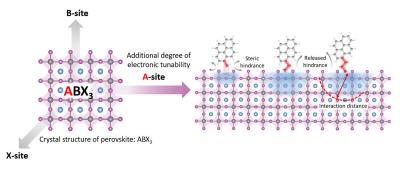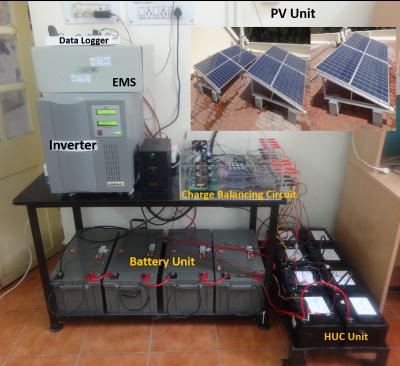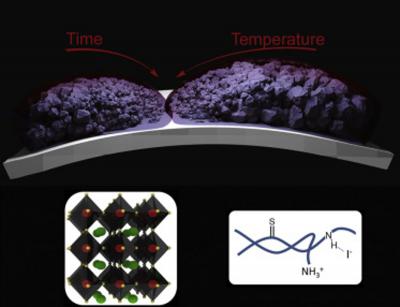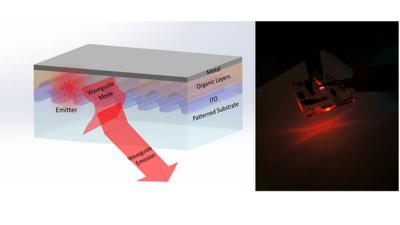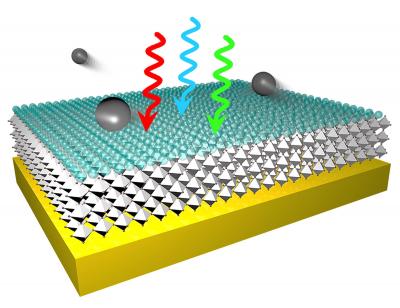Flexible semi-transparent tandem perovskite/CIGS solar cell with 26.5% efficiency reported by Solliance and MiaSolé
Solliance and U.S-based MiaSolé announced a new record - power conversion efficiency of 26.5% on a tandem solar cell that combined a top rigid semi-transparent perovskite solar cell with a bottom flexible copper indium gallium selenide (CIGS) cell.
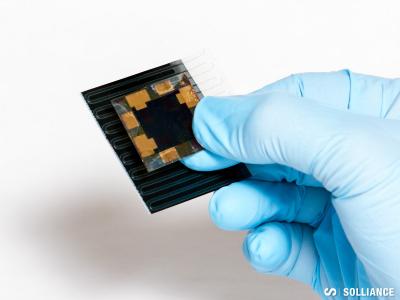
This impressive efficiency was achieved by optimizing the bandgap and the efficiency of both the rigid semi-transparent perovskite top cell and the flexible CIGS bottom cell. The CIGS was roll to roll produced on steel foil, with a power conversion efficiency of 20.0%.
